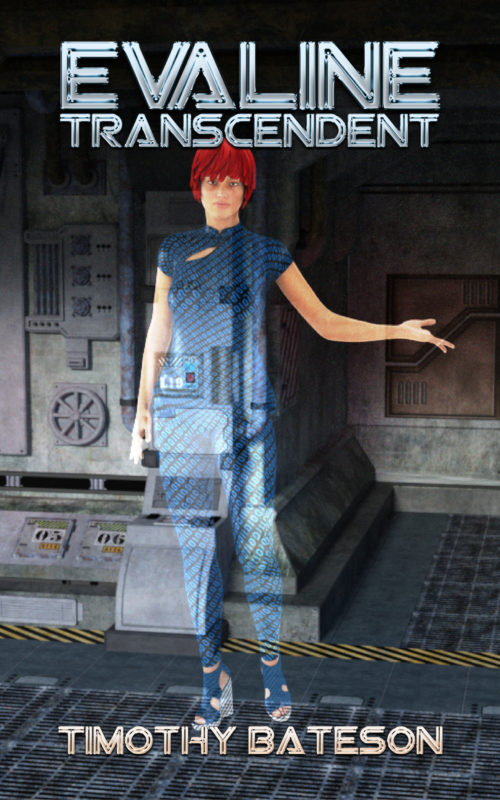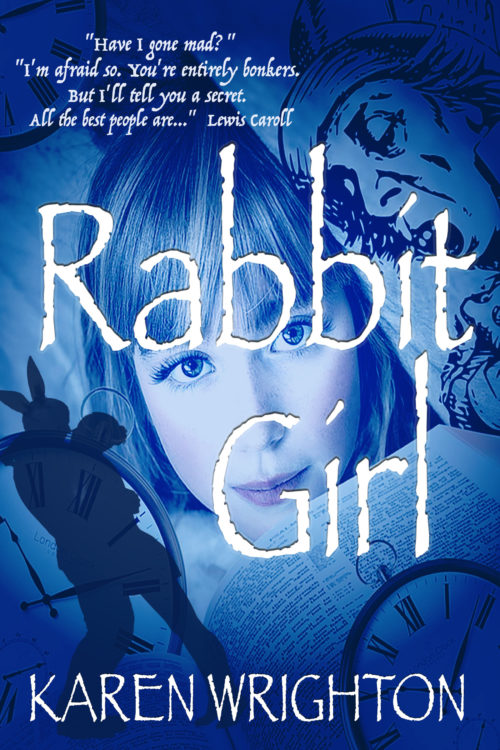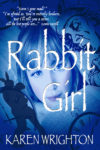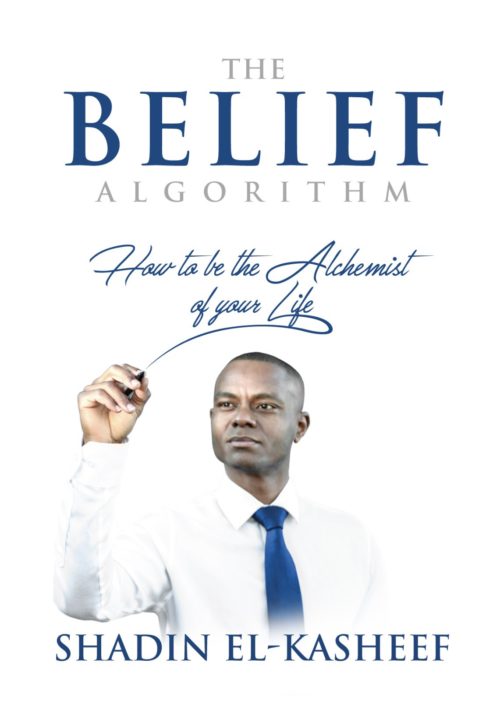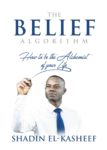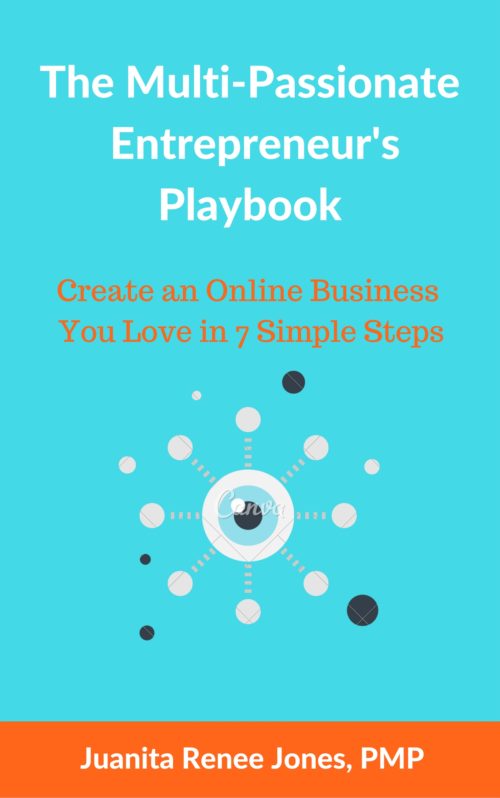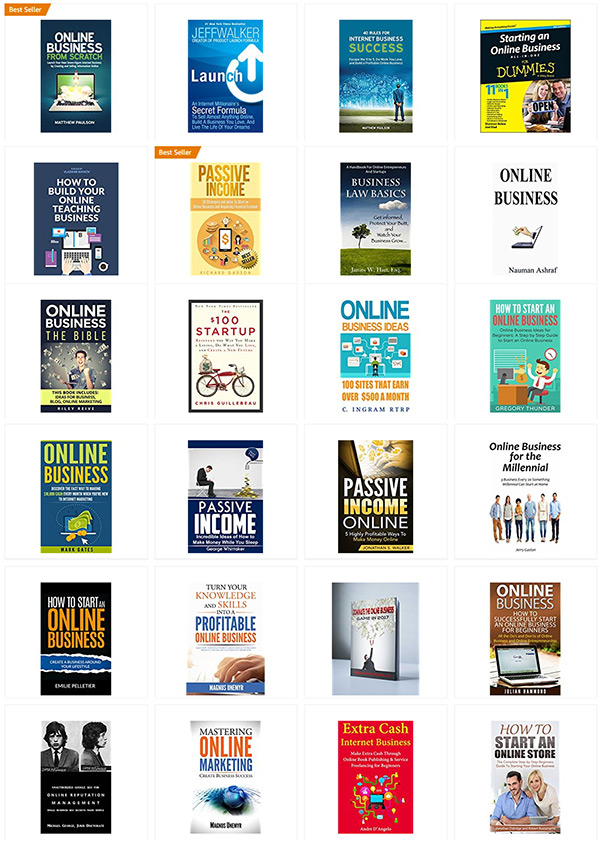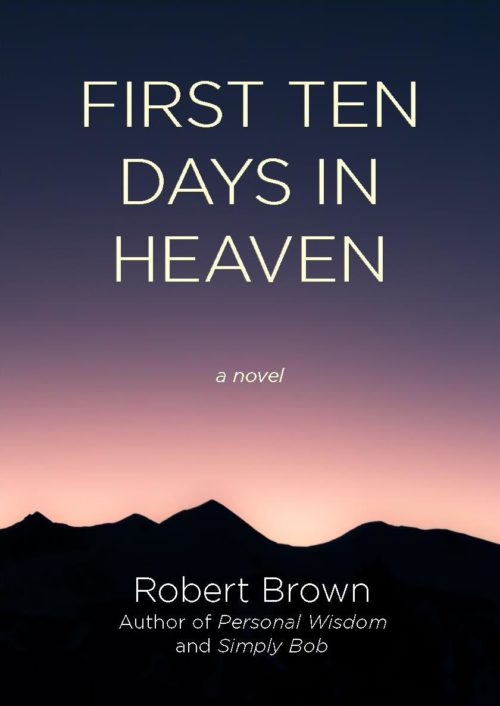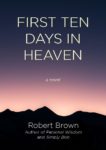The author says:
Genre: Science-Fiction (colonization)
Back blurb: “Evaline is the shipboard computer on the Miranda Two, a colony ship destined for the planet Karman-III-Delta. She is possibly Earth’s last hope of establishing a working off-world colony. However, her predecessor stopped reporting home, so now she and the colonists must establish what happened to the previous colony.”
Nathan says:
What we’re seeing here is the common problem of being too close to the book. You’re the author and you know it inside and out, so the cover seems appropriate to you because it matches an image that you know is in the book.
But look at it from the perspective a potential reader — one who would enjoy reading the book you wrote — and ask, “What does this cover instantly convey about the book?”
Not much. Something science-fictiony, yes, but that’s a big arena. In the thumbnail, I can see that there’s technology, and a redhead. I may not even realize that she’s transparent (or I may just assume that she’s part of a semi-transparent collage — what we call “layers upon layers” over at LousyBookCovers.com).
At full size, I really don’t get much more. I might understand that she’s a hologram in that techno-industrial setting, and I may even get, from her binary morph-suit, that she’s an A.I., but probably before either of those my takeaway will be that she’s a rendered figure from Poser or similar software… and that will probably be a strike against you, because so many indie publishers think that Poser-generated covers are adequate (they’re not) that they also have their own category of “pseudohumans” at LBC.com.
Nowhere do I get “colony ship” or “mysterious lost colony” or anything that would be an honest draw for your target audience. (And honestly, the title itself doesn’t help; it tells me nothing.) From the summary, I would expect to see a massive colony ship in space, or — and this would definitely get my interest more — humans in shiny space suits looking down on the overgrown ruins of a colony on an alien world. (In my mind’s eye, the illustration is by Bob Eggleston. For what it’s worth.)
Remember: Your cover is a movie poster. Your cover is a daring flash of ankle. Your cover, as an esteemed commenter on this site so succinctly put it, is clickbait. What it needs to say is, “Check out what’s cool over here!” and show something that the target audience for the book would think is cool.
Other comments?
